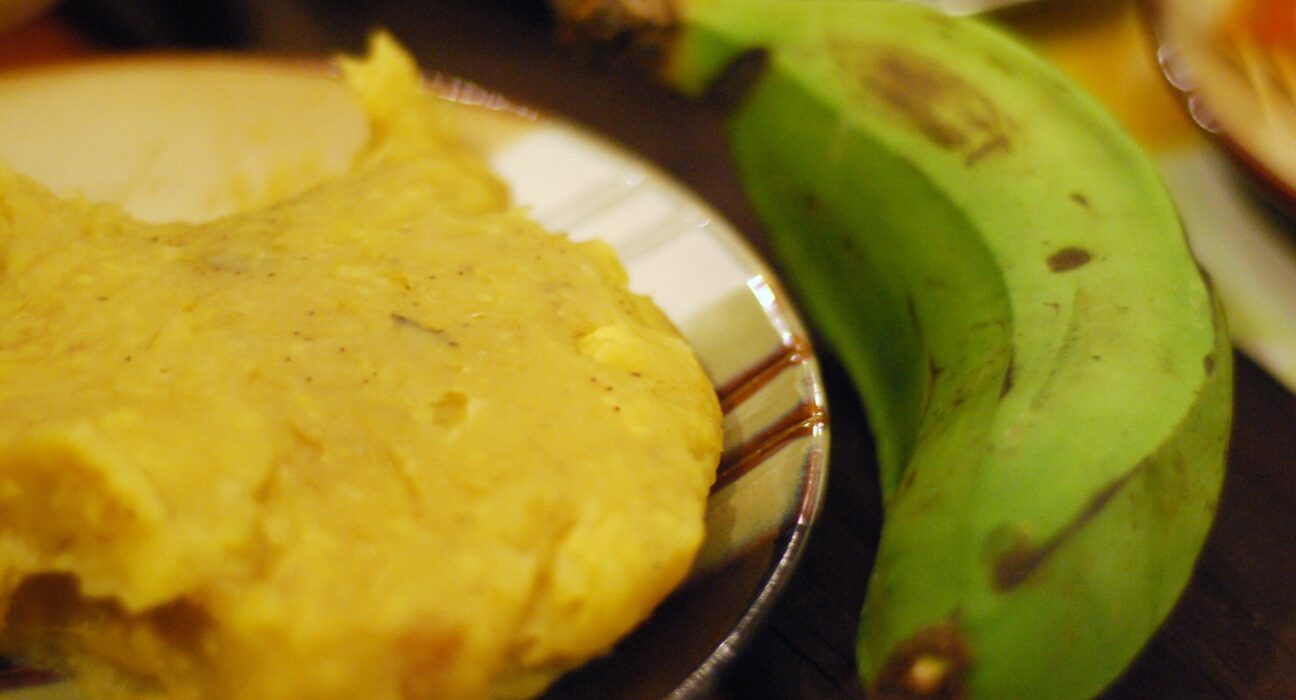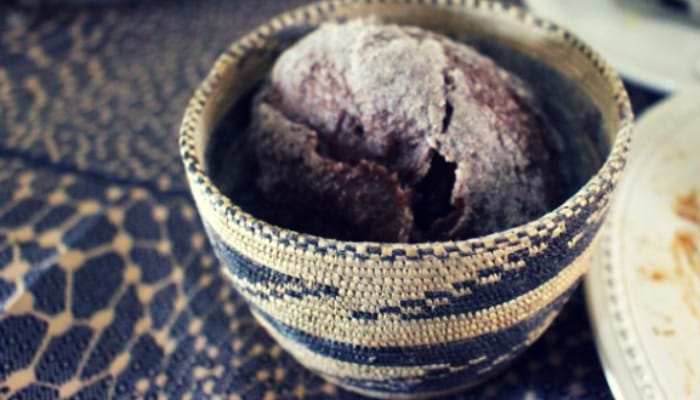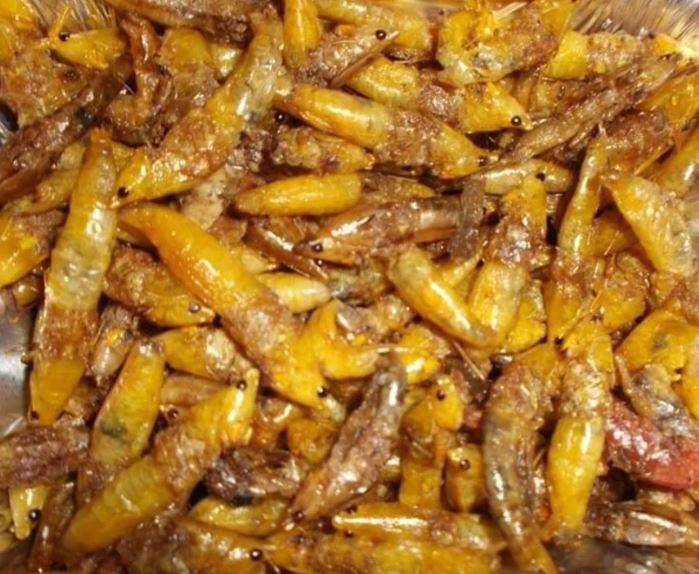Matoke, a culinary gem deeply rooted in Ugandan cuisine, showcases the rich diversity of indigenous bananas flourishing in the scenic landscapes of the Southwestern region. This dish, often synonymous with plantains, unfolds a spectrum of preparation methods, highlighting the culinary ingenuity embedded in the local culture.
The art of crafting matoke involves working with bananas that are still in their unripe, verdant state. The versatility of this dish is exemplified by the myriad cooking techniques employed, such as boiling with or without the peel, roasting with the peel intact, or the meticulous process of peeling followed by steaming. The result is a delectable dish that holds a cherished place as one of Uganda’s most revered national culinary treasures.

Particularly celebrated among the Southwestern Bakiga tribe, the mashed incarnation of matoke, known as “omubumba,” takes on an elevated status when stewed and enveloped in the natural fibers of banana plants. The transformation of matoke into a soft, yellowish, and tender delight creates a culinary experience that beckons all to indulge in its unique and memorable flavors.
The widespread popularity of matoke extends far beyond the boundaries of home kitchens. This beloved dish graces the menus of restaurants and hotels throughout the country, becoming a culinary ambassador that introduces both locals and international visitors to the distinct and exquisite taste of Uganda’s gastronomic heritage. As matoke continues to be prepared and savored in various ways across the nation, it symbolizes the intersection of tradition, innovation, and the vibrant flavors that define Uganda’s rich culinary landscape.






